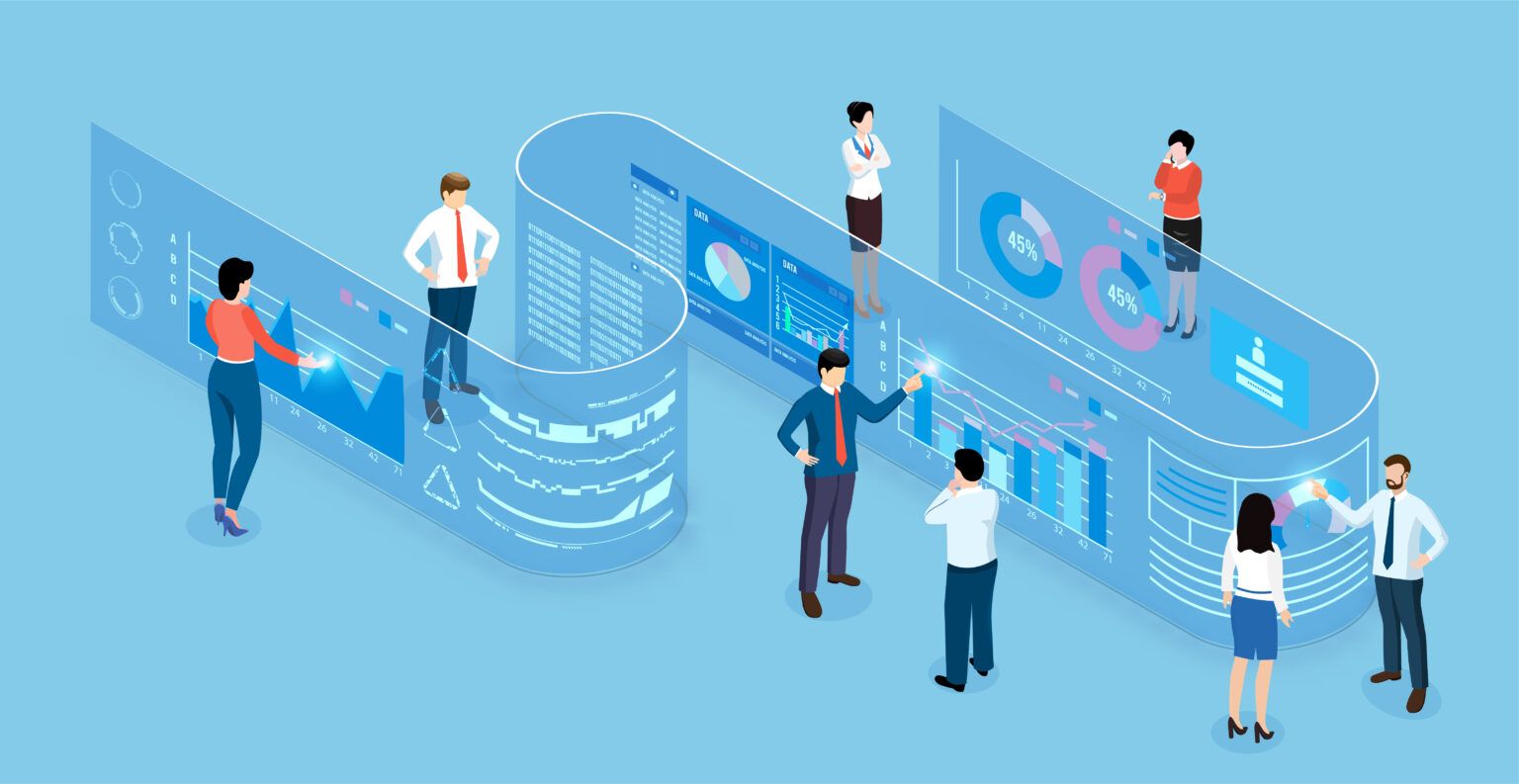Harnessing the power of data in healthcare
)
Dr Sean Lam, Head of Data Science at SingHealth’s Health Services Research Centre and Associate Professor with Duke NUS Medical School, shares his thoughts on leveraging data modelling and analytics to tackle challenges and derive valuable insights.
During the COVID-19 pandemic, many healthcare systems deferred elective non-urgent surgeries to direct manpower and resources towards managing urgent COVID-19 cases, and to prevent the health system from being overwhelmed.
This inevitably led to an accumulation of surgeries to be conducted after the pandemic situation stabilised.
For hospitals, the key question then was: What would be the most efficient and effective way to manage the postponement strategy and surgeries, without leading to extensive wait times for surgical patients and overstretching of service capacities?
To answer this, SingHealth, Singapore’s largest public health cluster, turned to data modelling and analytics. In 2021, its Health Services Research Centre developed a modelling technique to help clinicians and decision makers evaluate appropriate surgery resumption strategies.
|
Dr Sean Lam
|
Dr Sean Lam, Head of Data Science at the Centre, noted that the model was built off an earlier effort to improve OT utilisation with more accurate prediction of surgery durations and efficient surgical schedules. Retrospective data on surgeries conducted across various disciplines was extracted from the electronic medical records system and analysed to develop a modelling framework to understand surgery postponement patterns and simulate resumption options. “We are glad to see that the results of our model have been good thus far. Our main concern is patient outcomes – if there were any increases in emergency surgeries or mortality rates due to the postponed strategies. A rigorous postmortem analysis has shown that there were none, and while ensuring the hospital system was not overwhelmed,” said Dr Lam. |
The value of data science in healthcare
Industries from finance, manufacturing to transport have long caught on to the use of big data and predictive analytics to optimise their operations. Healthcare is no different.
The large volume of data generated daily in a healthcare facility holds valuable insights which could help improve quality of care.
Having worked in the field for over a decade, Dr Lam has witnessed the evolving data landscape in healthcare.
“Data science is a relatively new term. When I first joined the Singapore General Hospital Health Services Research more than 10 years ago, we had a biostatistics and data management team, which focused more on research data.
“But we realised that there is a limit to what traditional biostatistics can work with. We have a rich pool of big data from our real-world operations, such as patient visits and lab tests, across the patient journey and treatment progression. We asked ourselves: How could we leverage this bigger set of data to help us improve healthcare services?”

Over the years, the team has worked with units and stakeholders across the SingHealth ecosystem in leveraging data to solve problems or challenges.
These projects could range across different levels of care, medical and surgical clinical disciplines, or even extend into operational domains and healthcare finance, noted Dr Lam.
The team works closely with the clinicians and domain experts to understand the process of care, the different types of data, and what they mean in the patient’s context, to develop the most appropriate data-driven solution.
Challenges in harnessing healthcare data
The nature of healthcare, though, calls for higher levels of rigour in the way data is modelled and insights are used to support the decision-making process. After all, actions taken based on biased data and/or analysis could lead to severe consequences.
At the same time, the data received is usually messy and unstructured, which means a lot of effort is required in cleaning it up, explained Dr Lam.
“The “messiness” of data we deal with in healthcare is, I think, many folds worse than that in other industry domains. The primary focus of service providers at the point of care is the patient and not the computer. There are also many different modalities of healthcare data, from images such as CT or MRI scans, to videos such as endoscopy scans. Then there is also an abundance of important information captured in unstructured clinical notes,” he pointed out.
“That’s why we spend a lot of time trying to get the proper data, and developing the data pipelines and designing the analysis so that we can still derive meaningful and unbiased insights despite the limitations.”
Large language models and generative AI technologies could potentially help alleviate those issues, though they may also need to be refined and trained on data that is specific to the domain, Dr Lam noted.
Another challenge lies in data governance, which spans data security and privacy concerns.
The key is to find the balance between ensuring data protection, and at the same time facilitating appropriate use of data that is not overly conservative or restrictive, said Dr Lam. Policies are in place at SingHealth to provide clear guidelines on data use and governance practices, supporting the growing use of data in the organisation.

Keeping a sharp focus on the problem, rather than the technology
Meanwhile, the pace of technological developments has been relentless in the industry. It can be tough trying to constantly keep up with the pace, said Dr Lam.
For him, “the meaningful way is to focus on solving the problem at hand as the key to deciding what kind of technology we want to bring in. Always keep in sight the problem you are trying to solve – does this require the latest or newest technology to solve, or can we explore other options?
“My principle here is that we shouldn’t let technology drive the work that we do in this field. That’s putting the cart in front of the horse.
“We should always bear in mind the needs of the end users. For doctors, for example, they should not have to spend excessive effort trying to work around a fancy piece of technology that results in compromised care for their patients. The end goal should always be towards improving the quality of care we deliver.”


